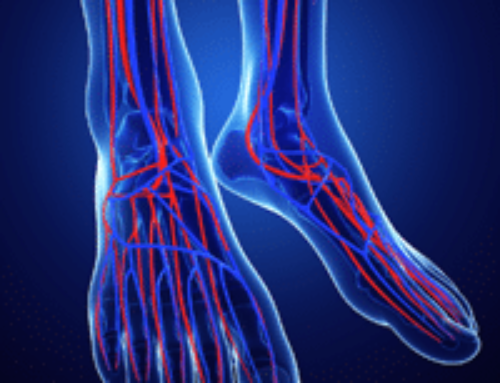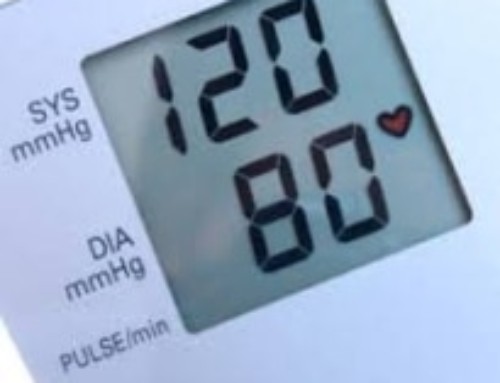Have you heard about the new Coronary CT Angiography? This is the most exciting advancement in cardiac imaging to date. Coronary CT (Compute Tomography) Angiography is an exciting non-invasive technology which can help patients and their doctors to diagnose cardiovascular problems early and comfortably. Earlier detection leads to earlier treatment. Earlier treatment usually means “easier” and more successful treatment. This improves one’s feelings of wellness and quality of life.
The Dual Source “128-Slice” CT scan machine can assess not only the aorta, carotid arteries and peripheral (leg) arteries but now gives your physician or cardiologist the ability to perform a noninvasive angiogram of the coronary arteries with 3D images of the wall and channel of the blood vessels. In the past this was only possible with an invasive cardiac catheterization and even then you could only see the channel of the blood vessels.
Who should have a CT Angiogram? Current Medicare guidelines say the test is indicated for patients with low to moderate risk of CAD (coronary artery disease) and symptoms suggestive of CAD who in pre-CT Angiography days would need a catheterization. So, if you have had persistent “classical” anginal chest pain with a negative or indeterminate stress test or if you have known CAD with new symptoms that would otherwise have you hospitalized, you would be considered for CTA of the coronaries. Someone with coronary risk factors would also qualify for evaluation of the coronary arteries before a major non-cardiac surgery.
However, if you are between the ages of 40 and 75 and have one or more cardiac risk factors then you are a great candidate. These risk factors include:
- Abnormal Cholesterol – high LDL (above 130), low HDL (below 40 in men and below 50 in women), and high triglycerides (over 15)
- History of tobacco use
- High blood pressure
- Overweight
- Sedentary lifestyle
- Family history of premature heart disease
- Diabetes
Most people do not realize that conventional stress testing only detects severe artery blockage. In fact, you may have what is considered a “normal” nuclear stress test or stress echocardiogram with less than 70% blockage. The bad news is that statistics show that most heart attacks occur in patients with less than 50% blockage of the blood vessels.
CT Angiography of the abdomen, carotid arteries, renal arteries and lower limb arteries is also very useful for finding aneurysms, blockages and congenital anomalies.
If you have an interest in learning more or if you or your physician feel that you may need such testing, feel free to contact me at my office.
[/fusion_builder_column][/fusion_builder_row][/fusion_builder_container]




